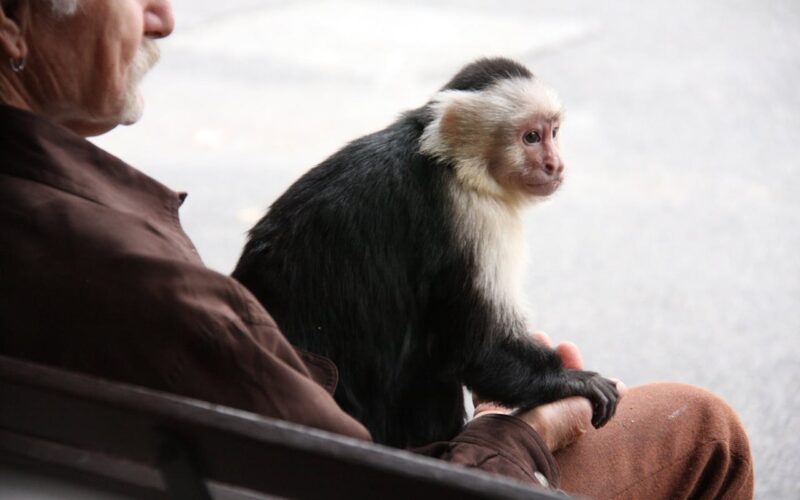Evolution is brimming with truths so amazing they sometimes seem unintuitive. But along the way misconceptions have slipped into classrooms and coffee-shop debates alike. From picturing monkeys magically transforming into humans to assuming evolution has some grand plan, misunderstanding the basics of evolution is common. Let’s bust through 7 persistently popular myths about how evolution works, even if you still half believe them yourself. After this, you’ll probably start rethinking what you’ve learned from pop culture, casual conversations, and yes, even that biology class.
1. Evolution is just a theory
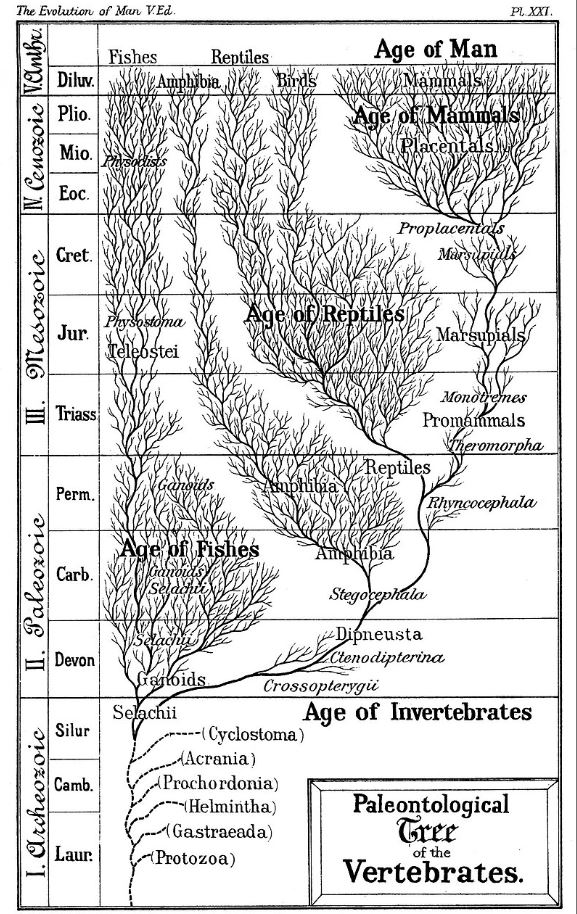
In everyday language, a theory usually means a guess or hunch. However, in science, a theory is a detailed explanation supported by massive evidence. Evolution isn’t just speculation; it’s supported by fossils, genetic data, and observable changes in species. It’s tested repeatedly and has held up under scrutiny for centuries. Dismissing evolution as just a theory ignores the scientific process behind it. Gravity, too, is technically a theory, yet no one doubts its existence. Evolution is just as scientifically valid.
2. Survival of the fittest means the strongest
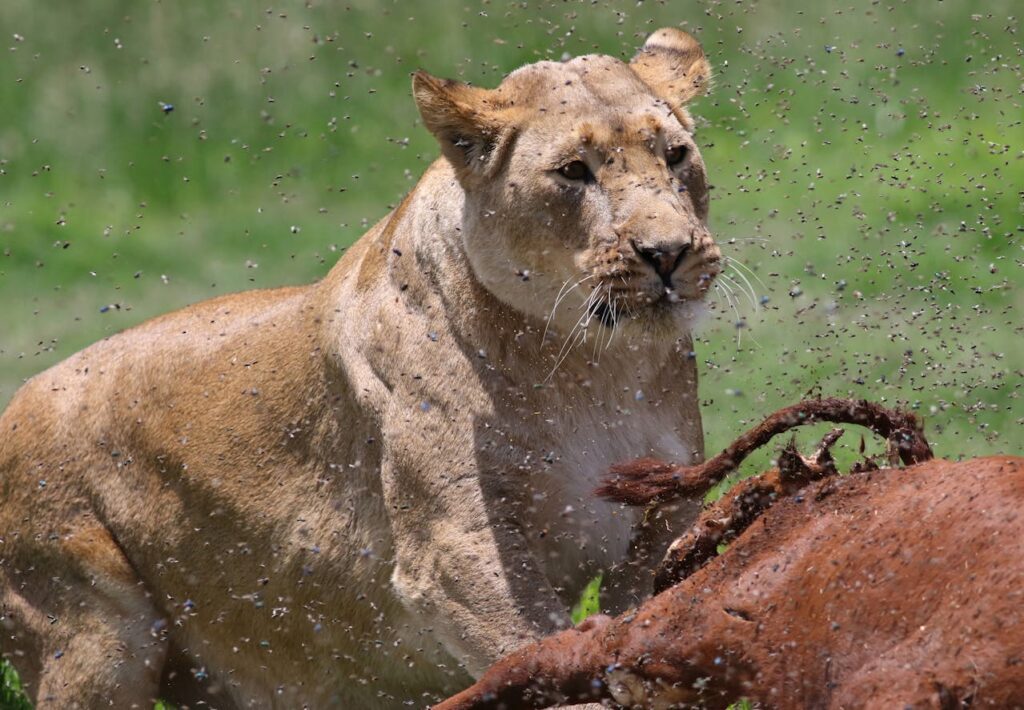
When we hear “survival of the fittest,” we often picture fierce predators or powerful beasts dominating others. But biology sees fitness differently. Fitness actually measures an organism’s success at reproducing and passing on genes, not strength or dominance. Small, delicate species like rabbits or insects can be incredibly fit because they reproduce in large numbers. Bacteria, for example, may lack strength entirely but thrive by rapid reproduction. True evolutionary fitness lies in passing genes, not flexing muscles.
3. Evolution is goal-driven
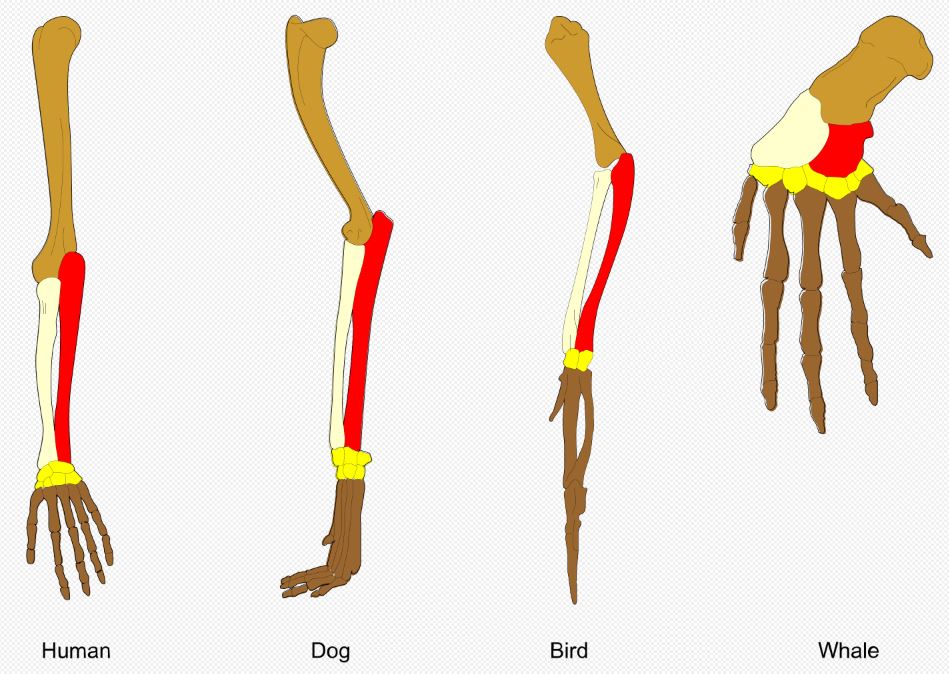
A common misconception is believing evolution has some ultimate goal or direction, like creating humans. But evolution isn’t purposeful. Random mutations happen constantly, and natural selection simply favors the traits that help survival at a specific time and place. Humans didn’t evolve intentionally from earlier primates; we simply benefited from certain random mutations. Similarly, birds didn’t evolve wings to fly intentionally; wings just happened to be useful adaptations. Evolution has no master plan.
4. Individuals evolve in their lifetime
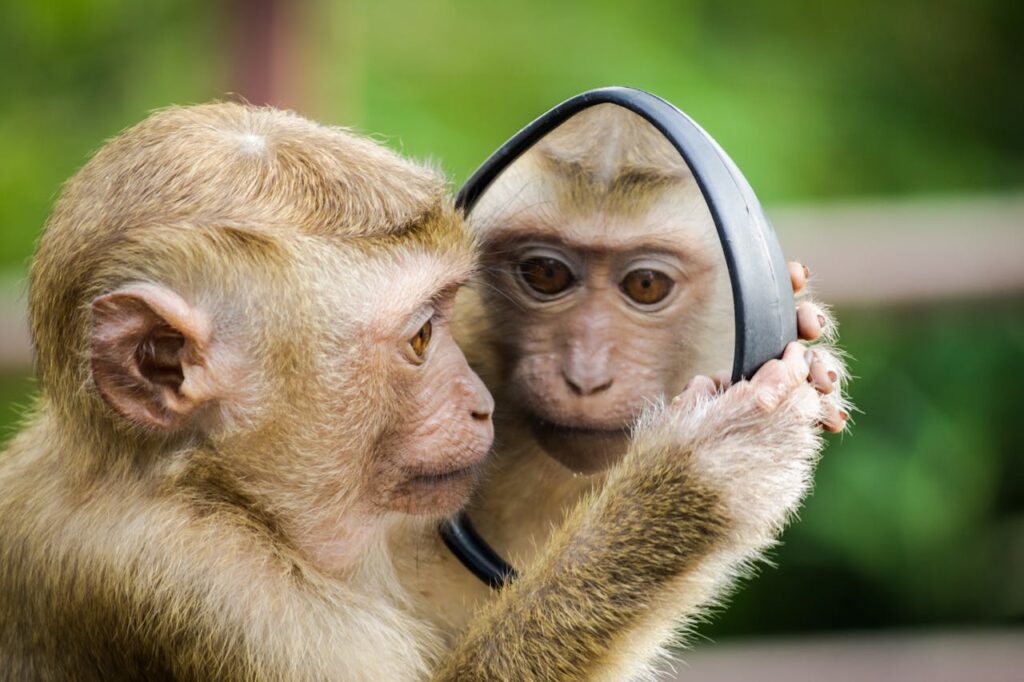
Popular media often shows characters evolving new abilities instantly to survive danger. In reality, individuals can’t evolve genetically during their lifetime. Evolution only occurs when genetic traits change across entire populations over generations. Traits acquired during life, like building muscles or learning new skills, don’t get passed to offspring. Real evolution happens gradually as beneficial genetic traits spread slowly through a population, not instantly within individuals.
5. Evolution explains the origin of life
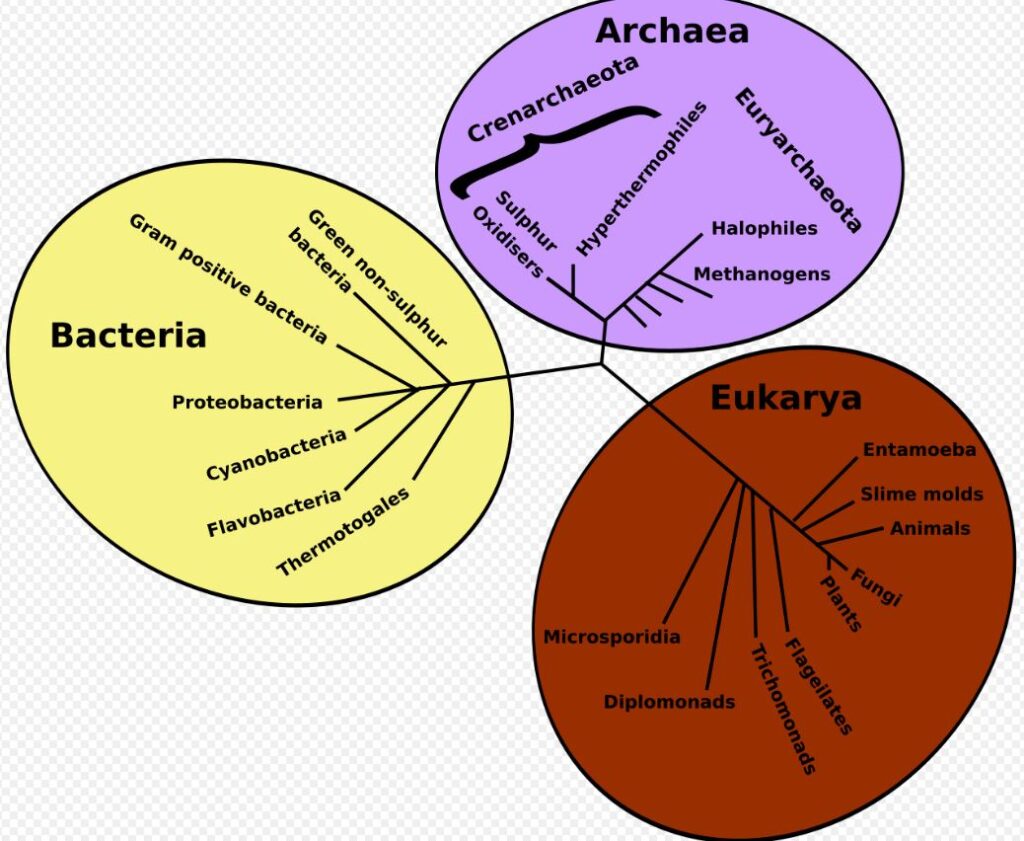
Many mistakenly think evolution explains how life began on Earth. Evolution actually describes how life diversifies and adapts after it already exists. The true origins of life, scientifically called abiogenesis, explore how non-living molecules initially combined to form the first cells. Abiogenesis remains actively researched, separate from evolutionary theory. Evolution brilliantly explains the amazing diversity of species from single-celled organisms to humans, but it doesn’t reveal life’s initial spark.
6. Evolution always makes things more complex
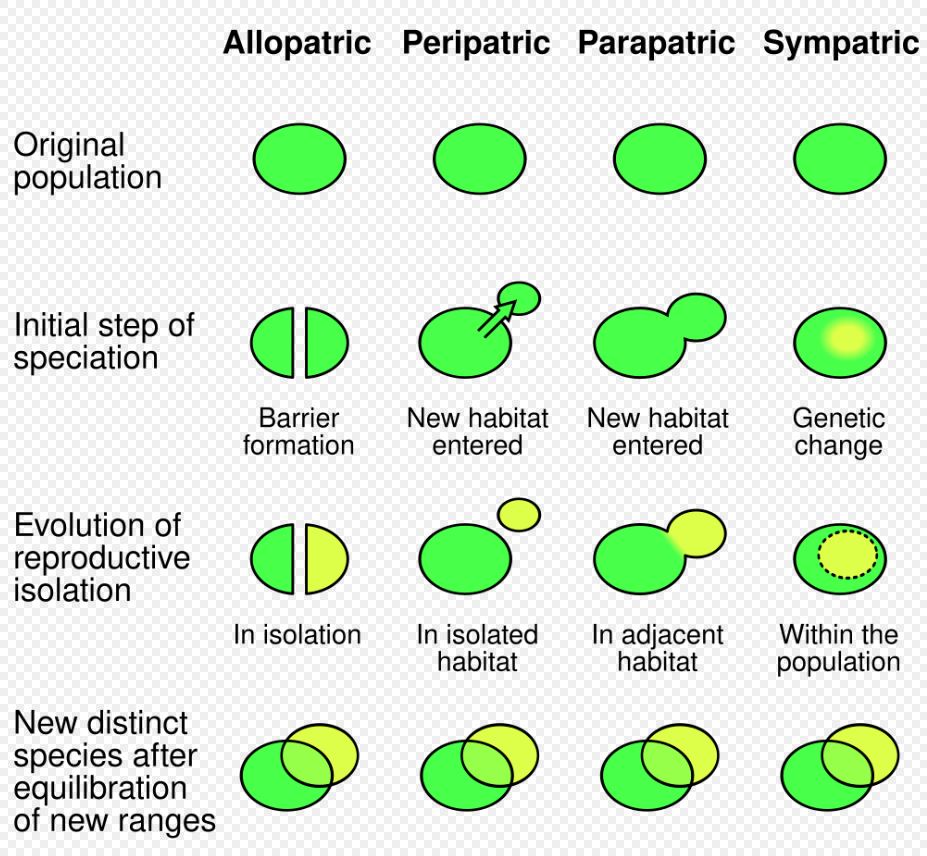
It’s easy to assume evolution always increases complexity, continually creating more sophisticated organisms. But evolution only favors traits that improve survival and reproduction. Sometimes simpler forms are more successful. Parasites often lose body structures they no longer use because it’s energy efficient. Evolution doesn’t prefer complexity; it selects what’s effective. Whether organisms become simpler or more complex depends purely on their environment, not on any innate drive for sophistication.
7. There’s a single missing link in human evolution
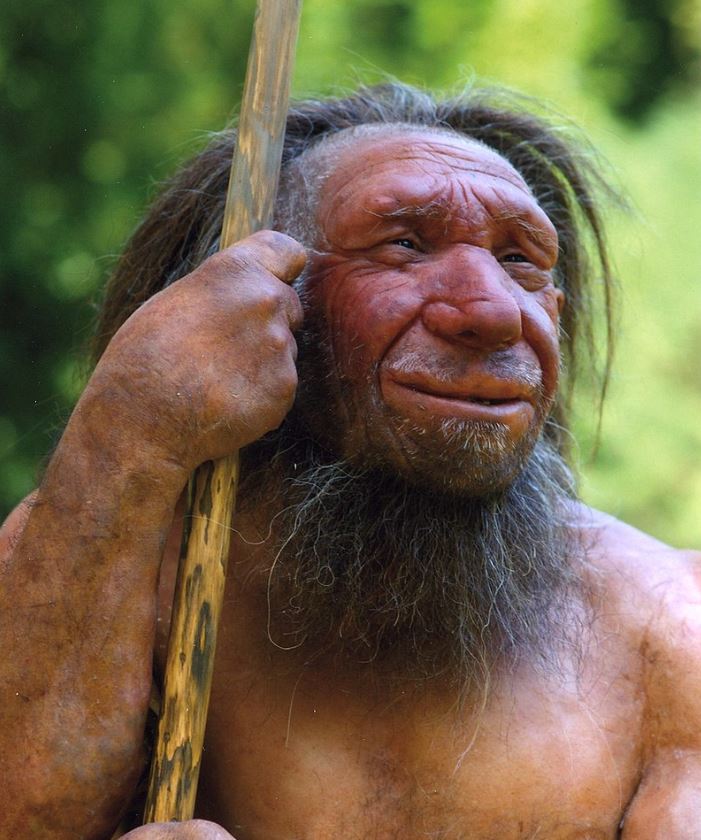
Pop culture makes human evolution seem like a straightforward journey from ape to human, often highlighting the idea of a single missing link yet to be discovered. But human evolution is more like a branching tree with numerous transitional forms. Scientists have found many intermediate species such as Australopithecus and Homo erectus, each showing gradual evolutionary changes. The concept of a single missing link oversimplifies human evolution, ignoring many important transitional fossils already discovered.
